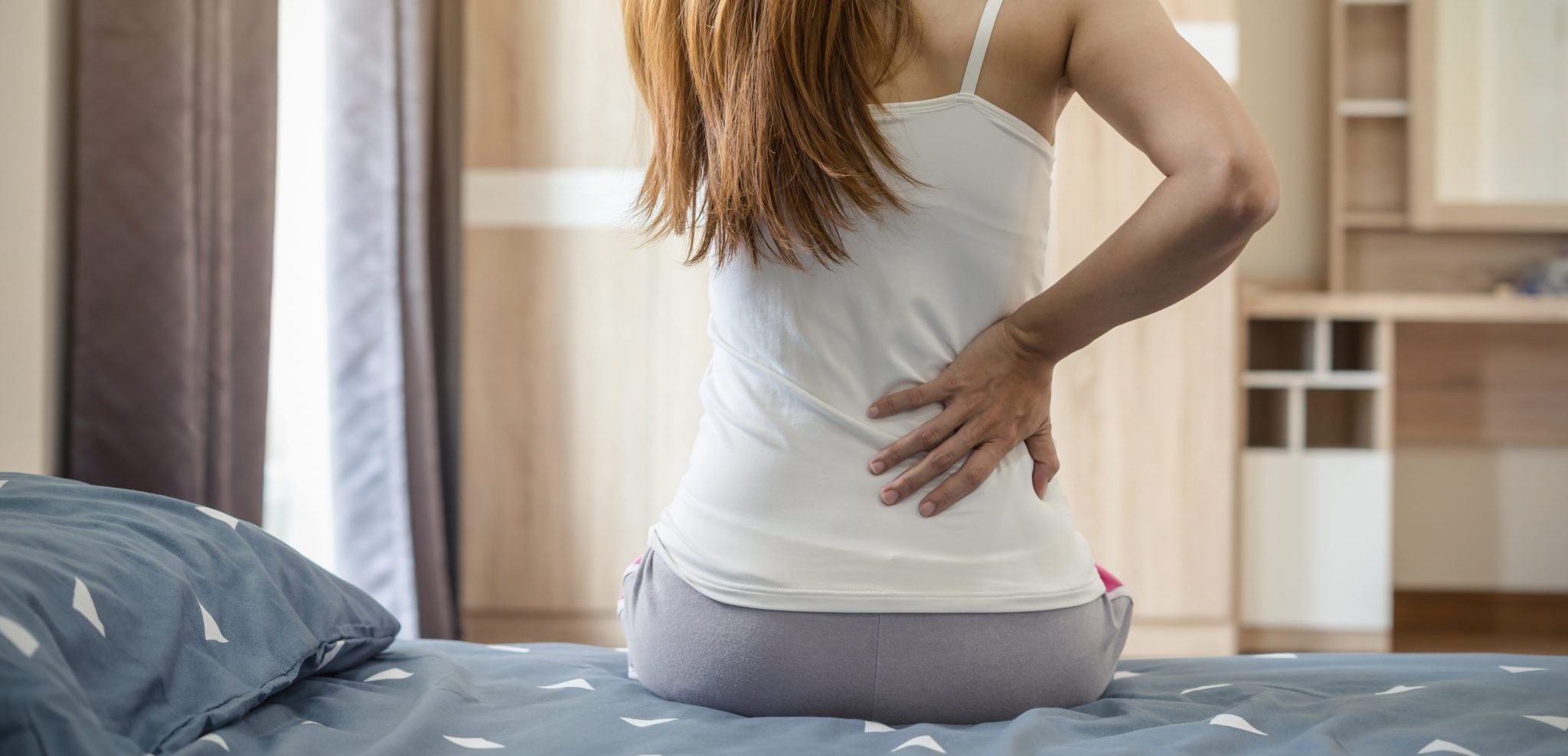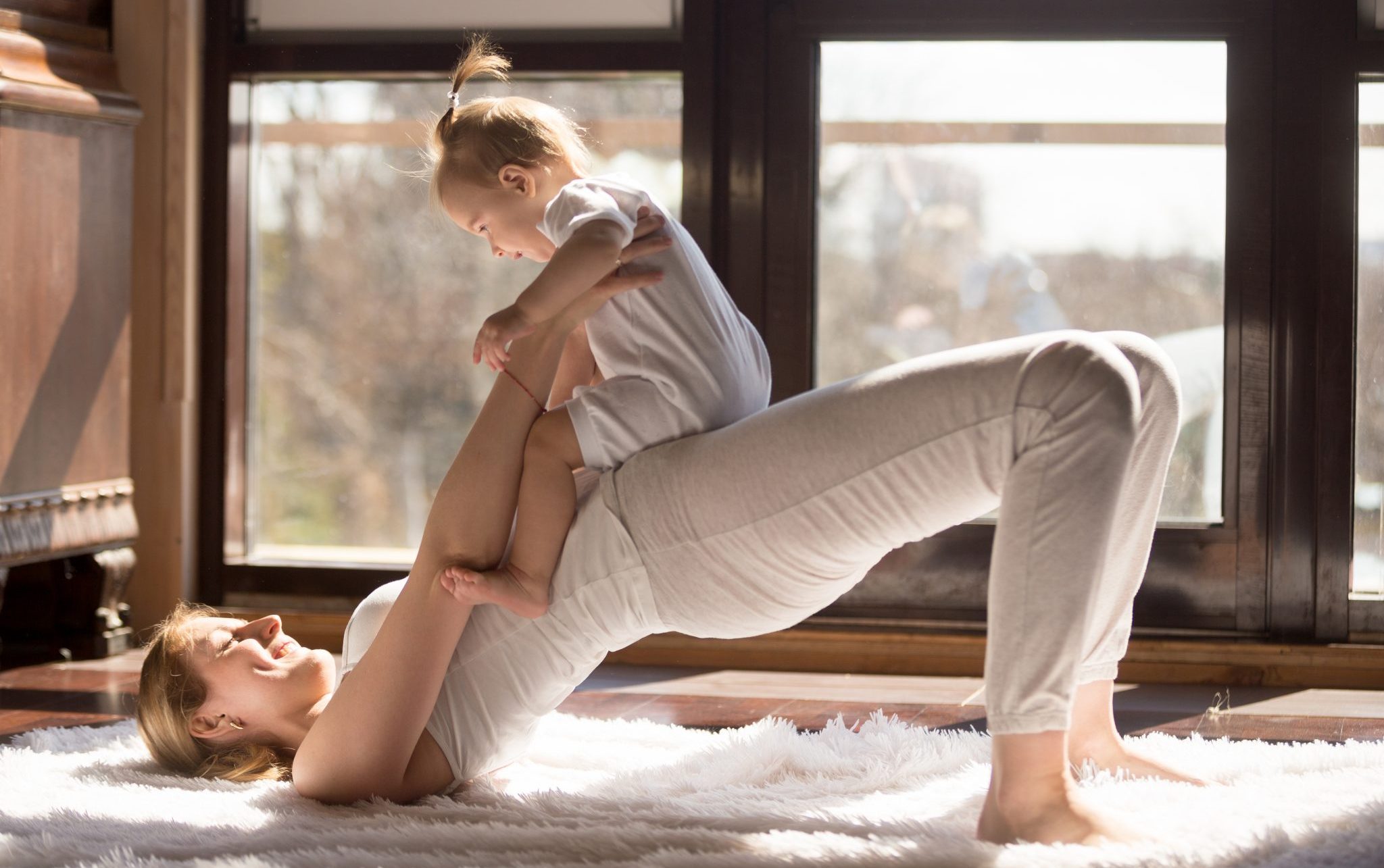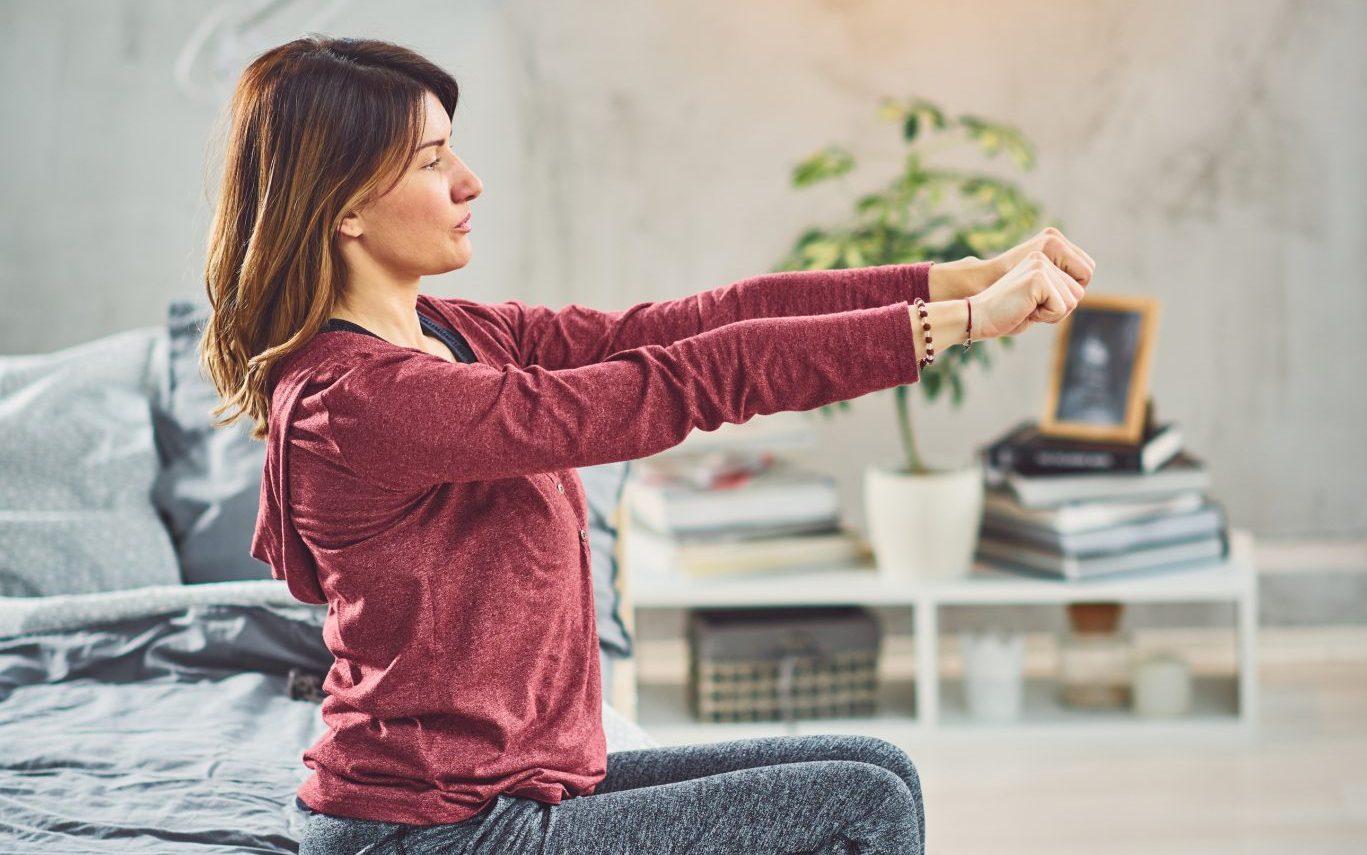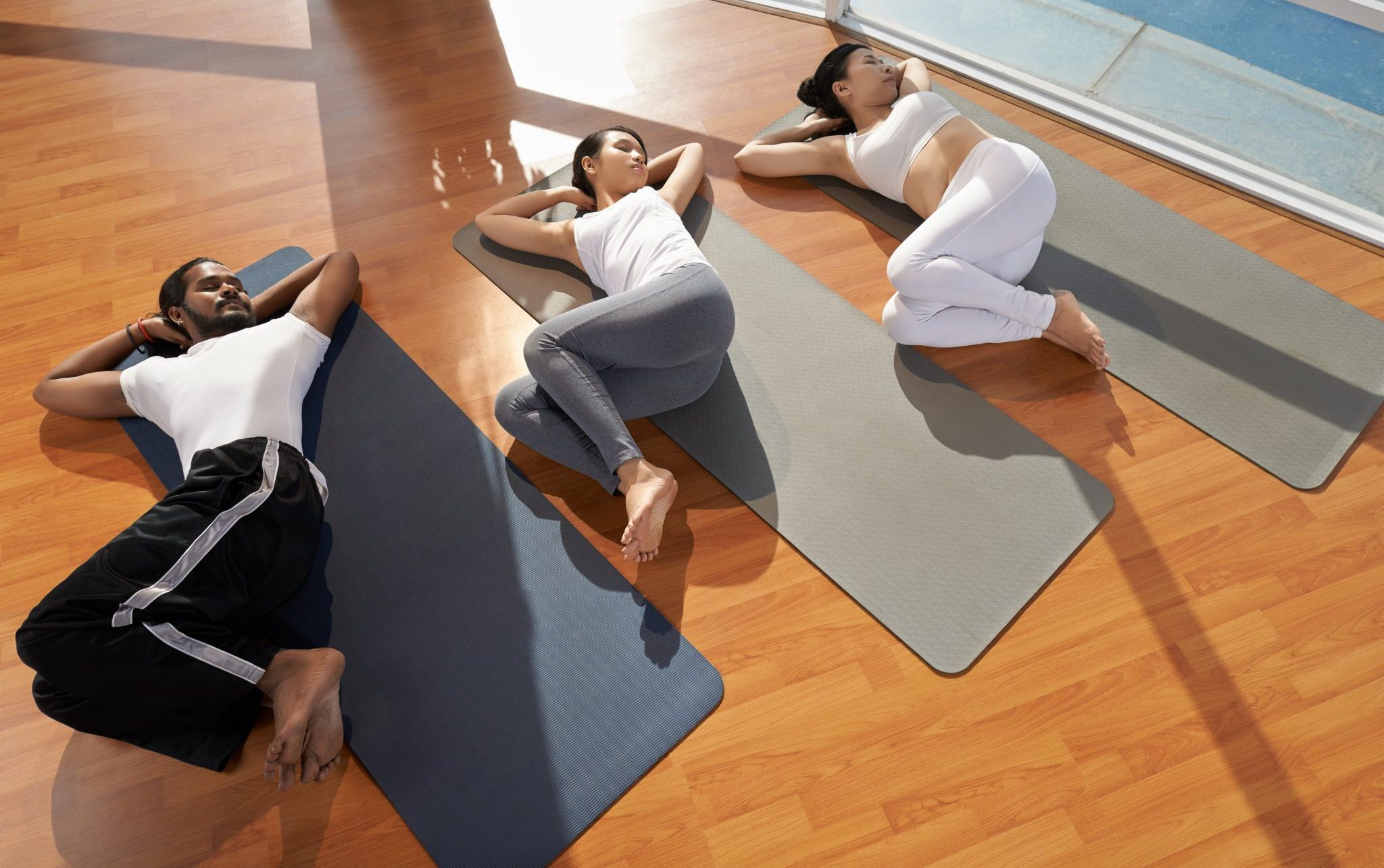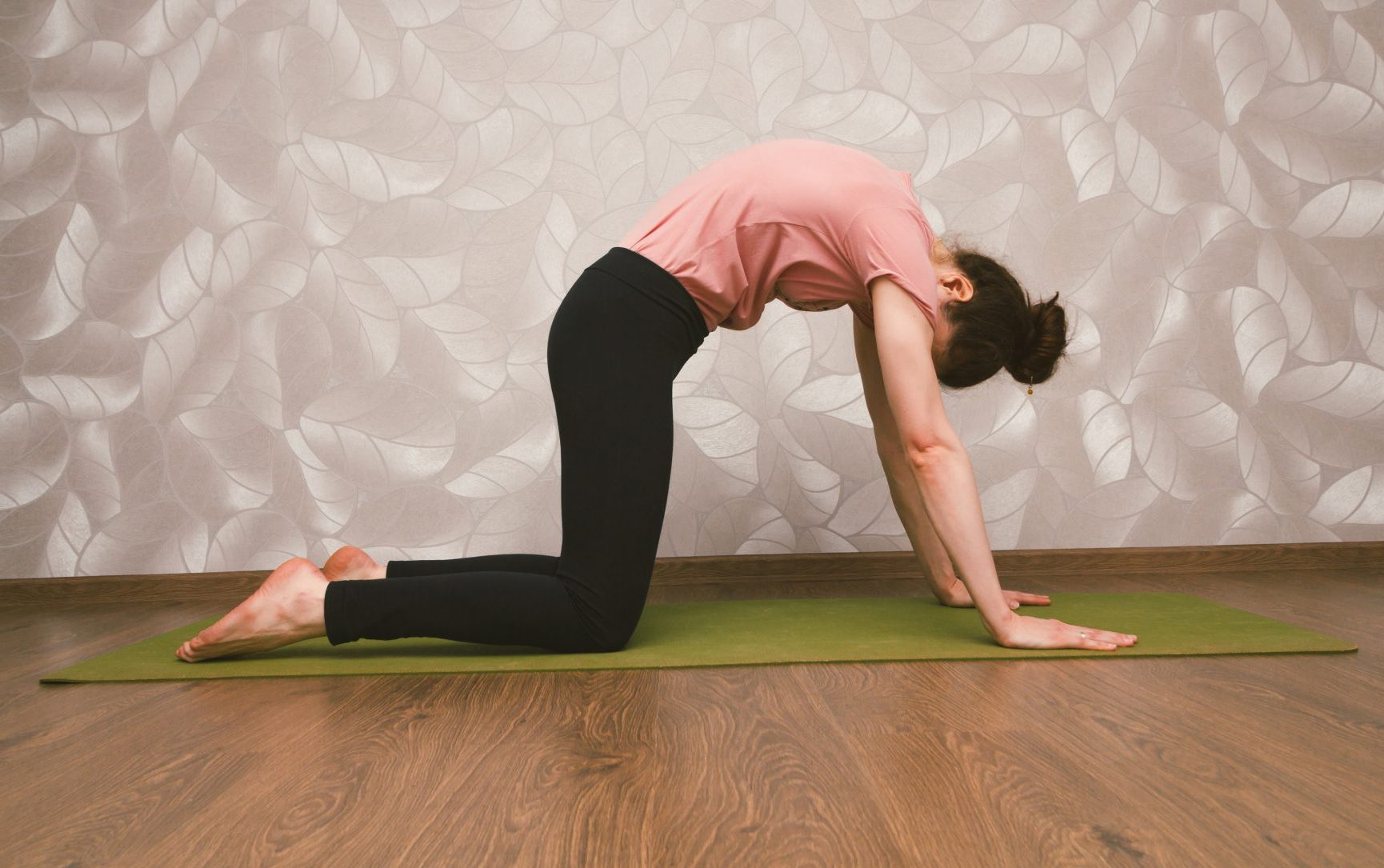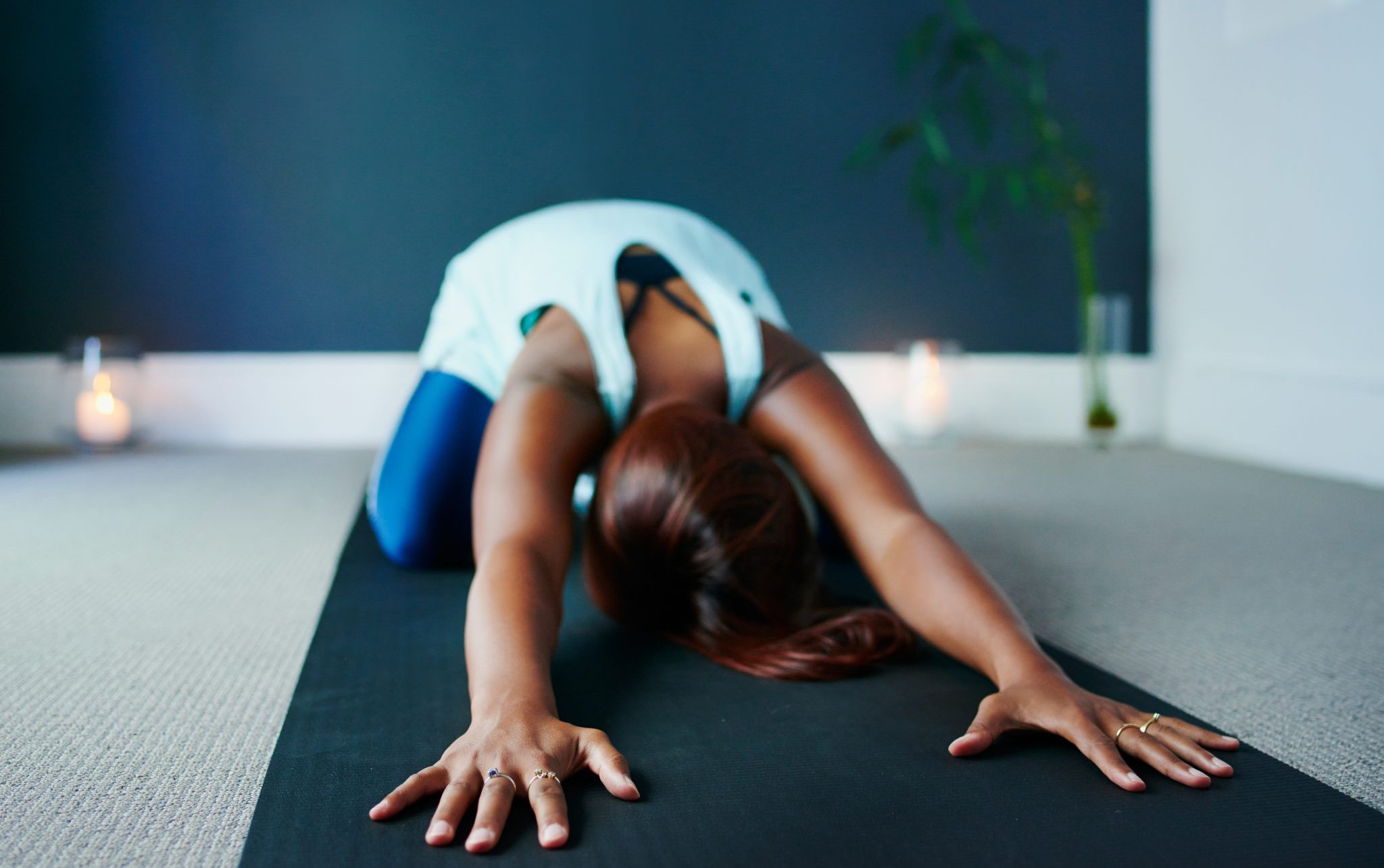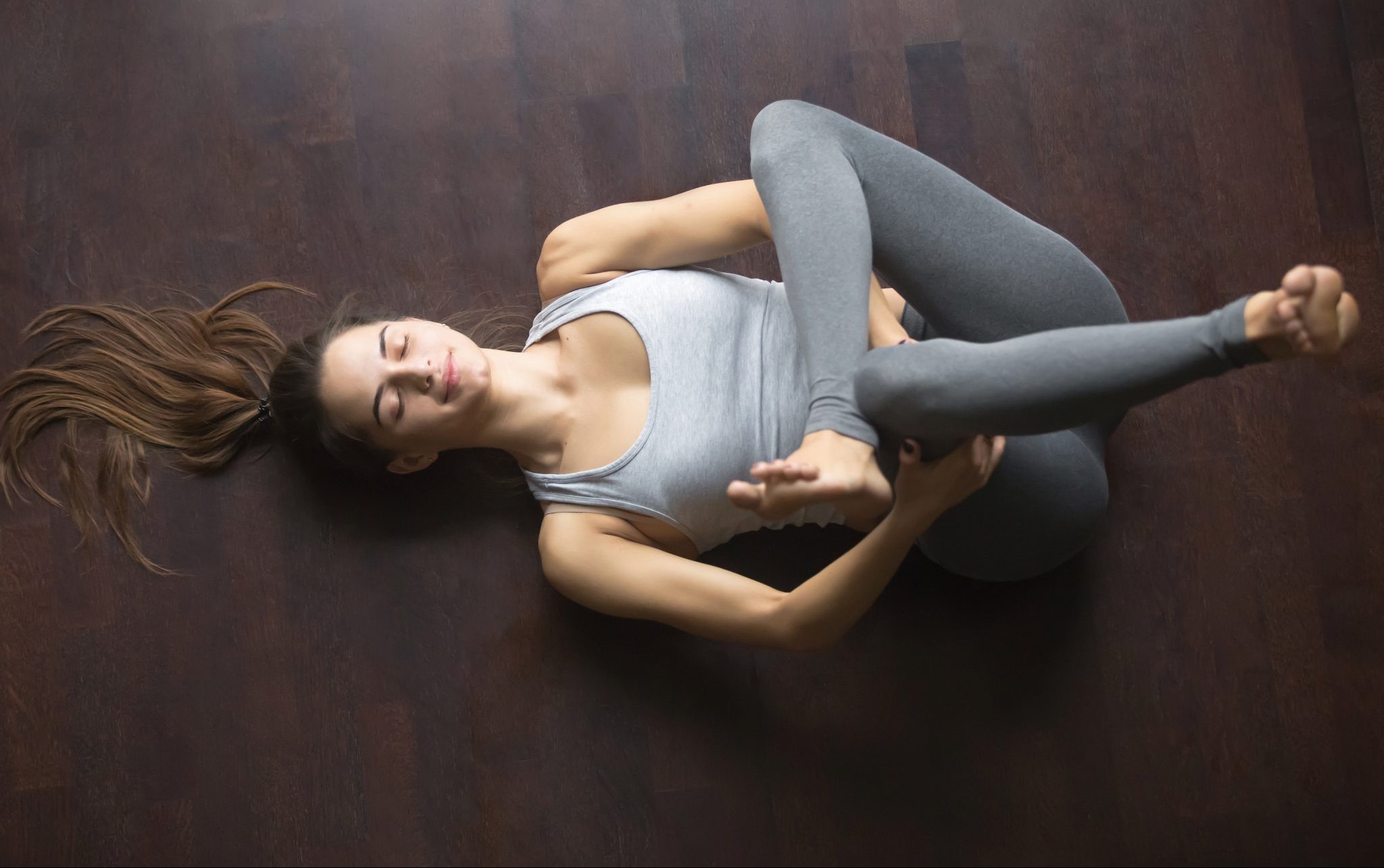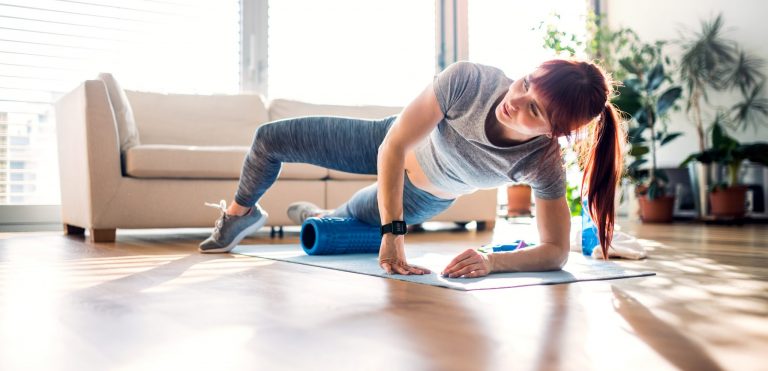Ever have that feeling that you’re 27 going on 77? Your lower back is aching, and you feel as if staying on the couch and reading a book is the only solution for the rest of your years? You are not alone. But before you give up on living just yet and take up retirement, let’s try something a little different – the best exercises and stretches for lower back pain. But first, a little science.
(Want to get straight to the activity part? Just keep scrolling ↓)
What causes lower back pain?
That lower lumbar twang is an issue for most people at some point in their lives, with estimates suggesting that it is, in fact, the leading cause of disability worldwide. Of course, not all aches are created equal, and those back problems could be from any number of sources. Here are some of the most common:
- Strains – Occurring in your muscles and ligaments, strains can result from injury, overwork, moving too quickly, or simply poor care.
- Disk pain – Bulging, ruptured, or slipped disks can leave your writhing in agony. This is the type of injury you need to be careful with as a wrong move could make it worse.
- Sciatica – Involving a trapped or compressed nerve, sciatica demands its own category. Though the cause can be anything from spinal stenosis to disk damage to even pregnancy, sciatica is a painful and common condition, stretching can help to reduce the ache, but you may also want to consider massage to boost its effects.
- Osteoporosis – As you age, your body matter loses density, becoming brittle and porous; these changes affect your back and can cause compression pain.
- Arthritis – An inflammation in the joints, arthritis can cause spinal stenosis by narrowing the space around the spinal cord, putting additional pressure on your back.
- Scoliosis – A curvature of the spine usually occurring during puberty or from a congenital condition. With age, pressure increases, and so does the pain level.
- Infection – Urinary tract infections, gallbladder pain, premenstrual syndrome, these can all be reasons why your lumbar area isn’t feeling in top shape.
While some of the above causes of back pain do require medical treatment in the form of medication and that should never be disregarded, the current advice from the American College of Physicians (ACP) is that non-drug treatments such as stretching exercises for lower back pain can be a helpful tool in combating the problem.
Exercises and stretches to alleviate back pain
Now you know a little more about the environmental, health and situational factors, let’s kick start the activity part with some good stretches to ease lower back pain (and more).
Caution: If you have a back injury or another health issue, exercise care when completing the below exercises and consider a slower pace or better yet, check with your physician to get the all clear first.
The stretches
Bridge
If you’ve ever headed to your doctor with a lower back complaint, one of the first activities you’ll have been told about is the bridge. This is one of the best stretches for a pulled lower back. It helps injuries heal and strengthens the muscles, building a stronger core.
How to:
- Lie flat on your back with your knees bent, feet and hips firmly on the floor.
- Raise your pelvic area and try to create a straight line from your shoulders to your knees
- Hold that position for 5-10 seconds until you feel the stretch in your lower back and glutes.
- Repeat 5-10 times
Note: This activity can be particularly helpful for mothers recovering from delivery.
Sitting forward bend
When that ache just won’t leave, or you have reduced mobility because of it, this simple sitting stretch for lumbar twinges can help you right yourself with minimal effort.
How to:
- Sit on the edge of your bed or chair (office wheelie chairs not recommended)
- Legs should be spread apart
- Raise your arms above your head and lean forward and downward with all your body
- Try to feel the stretch all the way up and down your spine.
Lying side rolls
This is one of those great stretches for targeting lower left and right side back pain; it allows you to flex the muscles on either side, improving their strength and limberness.
How to:
- Lie flat on your back on a mat
- Using only the lower half of your body twist your legs to the left, bend slightly at the knee
- With the top half of your body turn to the right
- You should feel the pull in your lower back
- Hold for 10-15 seconds before turning to the other side – legs to the right, head to the left
Cat/cow pose
A yoga classic, this mixed pose has real power when it comes to stretches for severe lower back pain, by elongating and stretching the lower lumbar region, the pain should be reduced.
How to:
- Kneel on a mat on all fours with your knees directly below your hips and arms below your shoulders.
- Breathing in, arch your back up into cat pose.
- When you lease the breath lower yourself down, drop your stomach, and get into cow pose.
- Repeat as long as you're comfortable.
Child’s Pose
There’s nothing like reliving your youth, the simplicity of sitting and needing to do nothing. As you relax into Child’s Pose it’s vital you keep in mind how you felt when you were little – the vitality, the energy, the strength – and pour it into your stretch.
How to:
- Sit on your knees on your mat
- Using your upper body, lean forward and uncoil that lower back tension
- Hold the position for as long as needed before rising.
Gluteal stretch
For those with a long-lasting pain that won’t seem to shift, this one's for you. The gluteal is a simple lower back pain stretch to target pain on both the right and left side of the spine.
How to:
- Lying on your back raise your legs up while bent at the knee, dangling them in the air,
- Take one leg and cross it over the other to form a figure four
- Wrap your arms around the other leg and pull towards your chest
- Hold that position for 4-5 seconds
- Switch to the other leg and repeat
The exercises
One of the best ways to keep your spine and core in order is preventative exercise. These are our top picks to get those vertebrae, muscles, and everything in between in shape.
Plank
Simple and yet so powerful. The plank helps build and maintain a strong core, which reduces the chances of back issues. Try the 28-day plank challenge to get started with the perfect board form or go at your own pace, gradually building your planking time.
Running
It might seem as easy and putting one foot in front of the other and just going for it; however, running is so much more than that. The perfect run involves form and function, hold your body in the right position as your pound that pavement and your back will thank you for it long after you’ve stopped jogging.
Lunges
The last time getting down on one knee was this exciting was at a proposal. Well, while we can promise fireworks, we can guarantee increased flexibility and an improved mood. Step forward on one leg, keeping it at a 90-degree angle while dipping the second knee to the floor. Keep your back straight and focus on your core.
Tips for a healthy spine
Now that you know the stretches and activities for lumbar health to reduce pain let’s take a quick step back and review some of the other factors you need to consider to keep that back of yours in order.
1. Keep active
A sedentary lifestyle has no place in the world of spine health, keep on the move to reduce the likelihood of spinal pain. We know it can be a challenge if your job involves a lot of sitting but taking light exercises during the day can make all the difference. Yes, it’s possible, even in the office.
2. Sit properly
We all make the mistake of slouching – in the office, on the couch, everywhere. But employing better posture techniques such as standing and sitting correctly can make all the difference to your spine’s health.
3. Get a massage
You know you need a little you time. Getting a massage is a perfect excuse to get your body in order and also take a little time for peace of mind.
4. Apply heat
While keeping on-the-go is usually a good solution for those aches and pains, sometimes you really need to take a step back, stop and sit your butt down with a warm blanket and a good book, just not forever, ok? Applying heat to your lower back can reduce swelling and twinges and leave you feeling better in no time.
5. Watch your weight
It’s no secret that the more you weigh, the more pressure is placed on your skeletal and muscular system to maintain your body. While we’re not suggesting the stick-look is in, watching your weight with a healthy diet and exercise can help prevent unnecessary back problem now and in the future.

